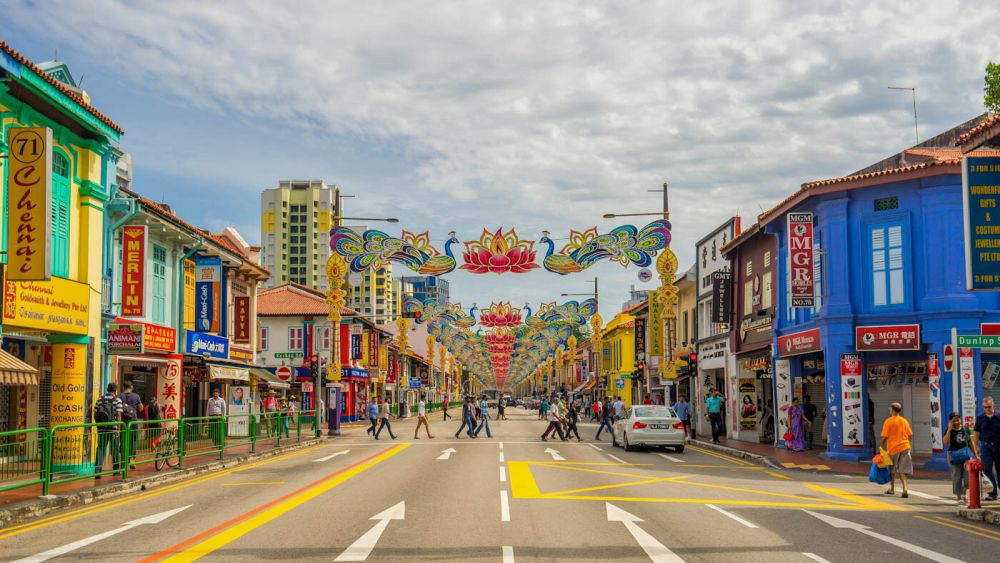

Little India in Singapore is a buzzing historic area that shows the vibrant and colorful culture of the Indian community in the city. The tourism history of Little India is deeply interwoven with the area's evolution from a simple settlement of Indian immigrants to one of Singapore’s most dynamic and sensory-sublime cultural enclaves.
In the early 19th century, with the arrival of the British in Singapore, a small community of Indian settlers began to form. Initially, they were brought to work on the construction of roads and buildings, as well as to work on the plantations. Over time, this burgeoning community congregated around Serangoon Road, which became the heart of Little India. The ethnic neighborhood was formalized under the British Raffles Town Plan of 1822, which designated specific areas for the different ethnic groups.
The tourism industry in Little India began to flourish as the area retained its traditional Indian heritage while integrating a Singaporean identity. Tourists were drawn not only to the historical and cultural significance of the place but also to the vibrant market atmosphere, the exotic flavors of Indian cuisine, and the tapestry of fabrics, spices, and wares available.
Modern tourism trends show that visitors are not only looking for traditional experiences but also for interaction and engaging activities. In response, Little India has developed heritage trails, cultural workshops, and interactive experiences that allow visitors to dive deeper into the Indian culture.
Campbell Lane, a short road off Serangoon Road, captures the essence of Little India's bustling marketplace. It is a pedestrianized street where visitors can freely explore the various shops and stalls. During festivals like Deepavali or Pongal, the lane comes alive with an array of stalls selling festive goods, lights, and decorations.
Serangoon Road is a veritable lifeline through Little India. As one of the earliest roads developed in Singapore, it winds its way from Little India to Kallang, and is populated with historic temples like the Sri Veeramakaliamman Temple, shops, and a variety of food options that range from street food to fine dining. Serangoon Road's blend of history and modernity, from pre-war shophouses to contemporary businesses, makes it a perfect synopsis of the past and present.
The significance of Little India to Singapore’s tourism cannot be overstated. It offers an alternative experience to the glossy, urban side of Singapore, bringing a more traditional, cultural perspective to the table. The efforts to conserve and promote Little India's heritage have been instrumental in positioning Singapore not only as a multicultural metropolis but also as a destination that values and celebrates its diverse roots.
The dynamic evolution of tourism in Little India, with Campbell Lane and Serangoon Road at its epicenter, continues to attract and enchant travelers from around the world, making it an indispensable part of Singapore’s allure.